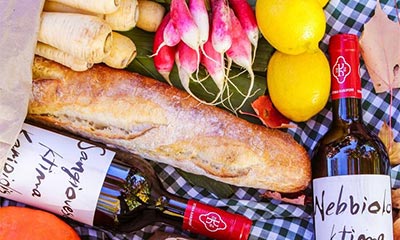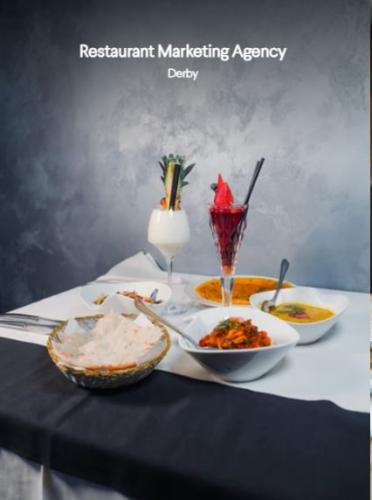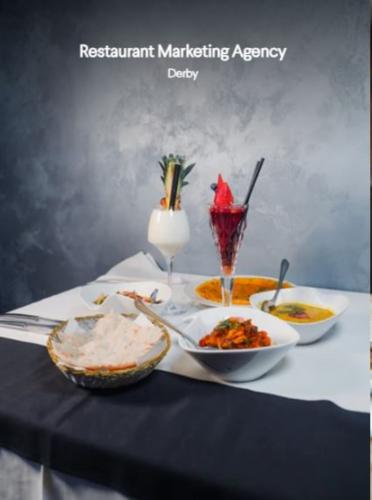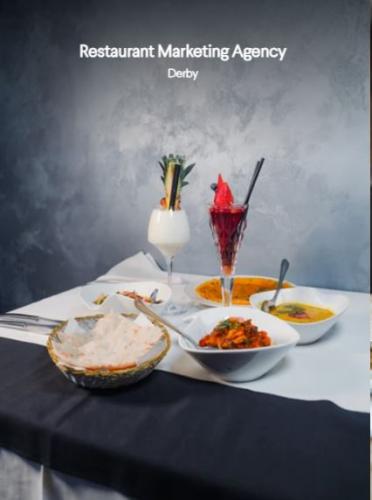Food Photography Tips
Food Photography Tips for Mouth-Watering Results
At Adams Apple Media, we understand the power of a captivating food photograph. In an age where diners decide where to eat based on online images, exceptional food photography is crucial for any restaurant. Here are our top tips to help you create stunning images that entice customers and enhance your brand’s online presence.
1. Natural Lighting is Key
Natural light brings out the best in food photography. Whenever possible, shoot near a large window to utilise soft, diffused light. Avoid harsh sunlight as it can cast unflattering shadows. If natural light isn’t available, consider using a softbox or a light diffuser to mimic it. This will highlight the texture and colour of the food, making it look more appetising.
2. Focus on Composition
The composition of your photograph can make or break your image. Use the rule of thirds to place the most important elements off-centre, creating a more balanced and interesting shot. Try different angles – overhead shots are great for flat dishes like pizzas, while a 45-degree angle works well for layered dishes. Don’t be afraid to experiment to find the most flattering perspective.
3. Consider the Background
A cluttered background can distract from the main subject. Use neutral or complementary backgrounds to ensure the food stands out. Wooden tables, marble countertops, or simple white plates often work well. Props like cutlery, napkins, or fresh ingredients can add context but should be used sparingly to avoid overwhelming the image.
4. Pay Attention to Colour
Colour plays a significant role in making food look appealing. Complementary colours can make a dish pop, while a monochromatic palette can create a sleek, sophisticated look. Be mindful of the colours in your props and background to ensure they enhance rather than clash with the food.
5. Focus on Details
Details matter in food photography. Highlight the textures and intricacies of the dish. Use a macro lens to capture close-up shots that reveal the fine details like the steam rising from a hot dish or the crispness of a freshly baked pastry. These details can evoke a sensory response from viewers, making them almost taste the food through the image.
6. Styling and Garnishing
Food styling is an art. Use garnishes to add a burst of colour and texture to the dish. Fresh herbs, a sprinkle of cheese, or a drizzle of sauce can elevate the presentation. However, avoid over-garnishing as it can look artificial. The aim is to make the food look naturally delicious.
7. Edit for Perfection
Post-processing is an essential step in food photography. Use editing software to adjust brightness, contrast, and saturation to make the food look its best. Be careful not to over-edit, as this can make the food look unrealistic. Subtle enhancements can make a significant difference.
Conclusion
Exceptional food photography can transform your restaurant’s online presence, drawing in new customers and showcasing your culinary creations in the best possible light. At Adams Apple Media, we specialise in creating mouth-watering food images that highlight your brand’s unique offerings. By following these tips, you can improve your food photography skills and produce images that are as delicious as the dishes they represent.
For more information on our food photography services, visit our website or contact us today. Let Adams Apple Media help you capture the essence of your cuisine with stunning photography.









Comments